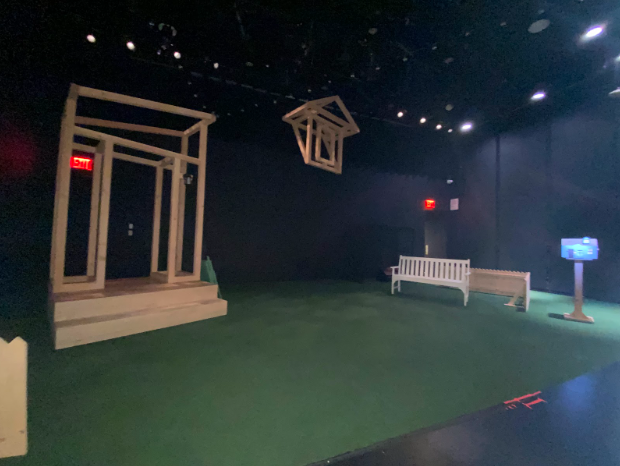Toni Morrison defended writing with a focus on Black people by telling us that all the other authors she reads, wrote for white audiences and keeping the white gaze in mind. So, she wanted to “make sure that white gaze is not the dominant one,” (8:20, Toni Morrison: The Pieces I Am). This is what we see in
“Sula”, which was written to be among black people. She explained that everything she read about black girls were jokes, and props so she was writing a book that she wants to read. In the book “Sula” we see the main focus on black girls and the characters were no joke; they had meaning and depth and seriousness.
Toni Morrison’s perspective of literature is the value of knowing the emotion, conflict, and subtlety in the language which is illustrated in Sula when Ajax whispers “pigmeat”. On page 50 it states, “The old men looked at their stalklike legs, dwelled on the cords in the backs of their knees….Pig meat. The words were in all their minds.” (p. 50, Morrison). The men in town looked at “Sula” and Nel with desire. The conflict here is that the men were looking at their legs, back of their knees, and bodies as if they were there to satisfy them. Morrison uses the language of the word “pig meat” to give the idea that the girls are being sexualized which gives the reader the emotion of disgust because of the way these men were killing the innocence of two girls. There is a connection I see between the documentary and the novel is when Morrison’s grandmother decided to move to Ohio because “White boys are circling.” (21:50, Morrison). Here, her grandmother was afraid what would happen to her daughters who are now growing up. White boys staring at them from a distance and she knew what they had in mind. The white boys were looking at her daughter with desire and sexualizing them. We see similar things in “Sula” where old men would stare at black girls with lust. So, in both places, in the Documentary “Pieces That I Am” and in the novel “Sula”, we see how black girls are objectified at a young age.




